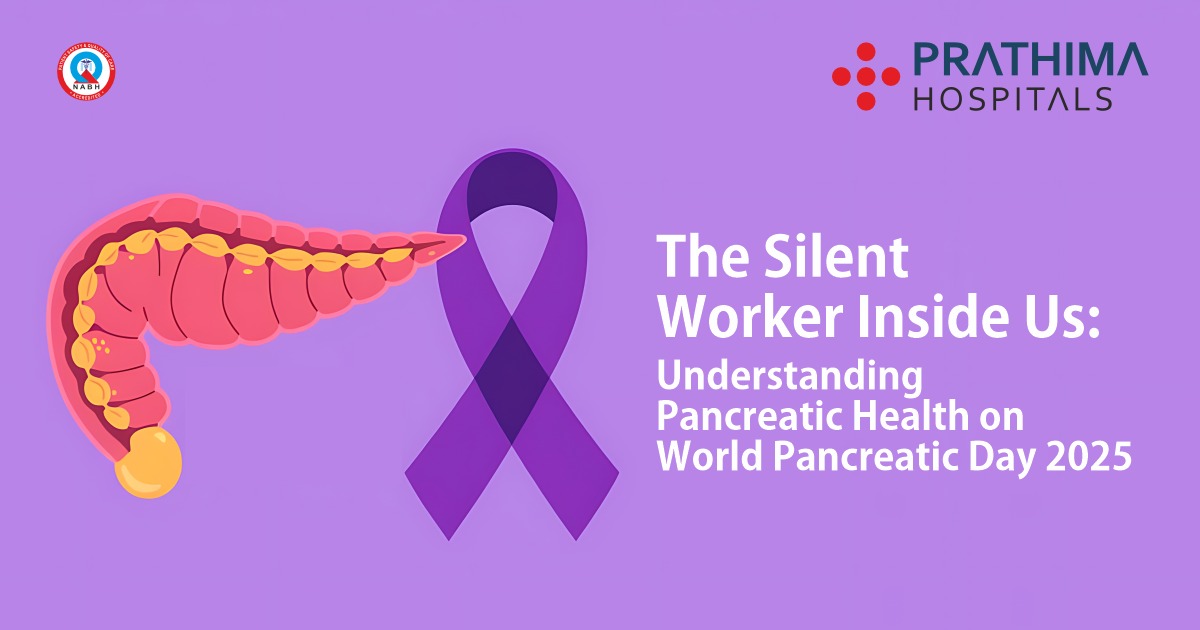Understanding Vaginal Yeast Infections

Vaginal Yeast Infections
Introduction:
Vaginal yeast infections, also known as vaginal candidiasis, are a common health concern among women. According to the Best Gynaecologist in Hyderabad, it occurs when there is an overgrowth of the fungus Candida albicans in the vaginal area. While Candida is naturally present in the vagina, an imbalance in the vaginal environment can lead to overgrowth, resulting in uncomfortable symptoms. In this article, we will delve into the causes, symptoms, treatment, and prevention of vaginal yeast infections.
Causes of Vaginal Yeast Infections:
Vaginal yeast infections, also known as vaginal candidiasis, are primarily caused by an overgrowth of the fungus Candida albicans. Candida is a type of yeast that naturally resides in the vagina along with other bacteria. Under normal circumstances, a delicate balance exists between the yeast and bacteria in the vaginal environment. However, certain factors can disrupt this balance, leading to the overgrowth of Candida and the development of an infection. Let’s explore these causes in detail:
Candida Overgrowth:
Candida albicans is the most common type of yeast responsible for vaginal yeast infections. When there is an overgrowth of Candida, it can overwhelm the beneficial bacteria (such as lactobacilli) in the vagina, resulting in an imbalance. Several factors can cause this, including:
- Hormonal Changes: Fluctuations in hormone levels, particularly estrogen, can increase the risk of vaginal yeast infections. Estrogen helps maintain the balance of bacteria and yeast in the vagina. Changes in estrogen levels, such as those during pregnancy, the menstrual cycle, or while taking hormonal contraceptives, can create an environment more favourable for Candida overgrowth.
- Antibiotic Use: Antibiotics are medications designed to kill harmful bacteria. Unfortunately, they can also disrupt the natural balance of microorganisms in the body, including the vagina. Antibiotics not only eliminate harmful bacteria but also reduce the population of beneficial bacteria that keep Candida in check. This disruption can allow Candida to thrive, leading to a yeast infection. It is important to note that not all antibiotic use will lead to a vaginal yeast infection, but the risk is increased.
- Weakened Immune System: A weakened immune system can make it difficult for the body to control the growth of Candida. Conditions such as HIV/AIDS, cancer, uncontrolled diabetes, and prolonged use of immunosuppressant medications can weaken the immune system, increasing the risk of vaginal yeast infections as per the Best Gynaecologist in Kukatpally.
- Uncontrolled Diabetes: Women with uncontrolled diabetes, characterized by high blood sugar levels, are more susceptible to yeast infections. Elevated glucose levels provide an ideal environment for yeast to grow and multiply.
- High Levels of Stress: Chronic stress can affect the body’s immune system and hormone levels, making it more susceptible to vaginal yeast infections. Stress can disrupt the delicate balance of microorganisms in the body, including the vagina.
Sexual Transmission:
While vaginal yeast infections are not classified as sexually transmitted infections (STIs), it is possible to acquire an infection through sexual contact. Candida can be present on the skin or mucous membranes of both sexual partners. Engaging in sexual activities that involve genital-to-genital or oral-to-genital contact can potentially introduce Candida into the vagina, leading to overgrowth and subsequent infection. However, it’s important to note that yeast infections can also occur in individuals who are not sexually active.
Other Contributing Factors:
Certain factors can increase the risk of developing a vaginal yeast infection. These include:
- Use of Hormonal Contraceptives: Some forms of hormonal contraceptives, such as birth control pills, patches, or vaginal rings, can alter hormone levels and increase the risk of yeast infections.
- Hormonal Changes During Pregnancy: Pregnancy causes significant hormonal changes in the body, including increased estrogen levels. These hormonal fluctuations can create an environment more prone to Candida overgrowth.
- Menstrual Cycle: Hormonal changes that occur during the menstrual cycle, particularly in the days leading up to menstruation, can increase the risk of vaginal yeast infections.
- Tight-fitting Clothing: Wearing tight-fitting clothing, particularly non-breathable materials, can create a warm and moist environment, promoting yeast overgrowth.
- Use of Feminine Hygiene Products: Certain feminine hygiene products, such as scented soaps, bubble baths, sprays, and douches, can disrupt the natural pH balance of the vagina, making it more susceptible to yeast infections.
- Weakened Immune System: Individuals with weakened immune systems, such as those undergoing chemotherapy or organ transplant recipients, have an increased risk of developing vaginal yeast infections.
- Other Medical Conditions: Certain medical conditions, such as hormonal disorders, autoimmune diseases, and metabolic disorders, can increase the risk of recurrent vaginal yeast infections.
Symptoms of Vaginal Yeast Infections:
According to the Best Gynaecologist in Kachiguda, the symptoms of vaginal yeast infections can vary from person to person, and some women may experience mild symptoms or be entirely asymptomatic. However, common symptoms include:
- Itching and irritation: One of the most noticeable signs of a vaginal yeast infection is persistent itching and irritation in the vaginal area. Depending on the severity of the itching, redness and swelling may accompany it.
- Abnormal discharge: Women with vaginal yeast infections often experience an abnormal discharge that is thick, white, and resembles cottage cheese. The discharge may not have a strong odour, but it can sometimes have a slightly yeasty smell.
- Burning sensation: Some women may experience a burning sensation during urination or sexual intercourse, which can be quite uncomfortable.
- Soreness and redness: The vulvar area may become sore, sensitive, and red due to the inflammation caused by the yeast infection.
- Painful intercourse: Vaginal yeast infections can make sexual intercourse painful due to inflammation and irritation in the vaginal area.
Treatment of Vaginal Yeast Infections:
- Over-the-counter antifungal treatments: Most mild cases of vaginal yeast infections can be treated with over-the-counter antifungal creams, ointments, or suppositories. These medications typically contain an active ingredient, such as miconazole or clotrimazole, which help kill the Candida fungus and relieve symptoms. It is important to follow the instructions provided with the medication and complete the full course of treatment, even if symptoms improve.
- Prescription medications: In some cases, when the infection is severe, recurring, or does not respond to over-the-counter treatments, a healthcare provider or the Best Gynaecologist in KPHB, depending on the severity of the infection, stronger antifungal medications may be prescribed as creams, ointments, or tablets.
- Home remedies: Some women may find relief from symptoms by using home remedies such as yoghurt, tea tree oil, or garlic. While these remedies are not scientifically proven, they may provide temporary relief for some individuals. However, it is important to consult with a healthcare professional before trying any home remedies to ensure they are safe and appropriate.
Prevention of Vaginal Yeast Infections:
- Maintain proper hygiene: It is essential to keep the vaginal area clean and dry. Avoid using harsh soaps, douches, or scented feminine products that can disrupt the natural pH balance of the vagina.
- Wear breathable underwear: Choose cotton underwear and avoid tight-fitting pants or synthetic fabrics that can trap moisture and heat, creating an environment suitable for yeast overgrowth.
- Practice safe sex: Use condoms to reduce the risk of sexually transmitted infections (STIs), which can increase the likelihood of developing a yeast infection.
- Avoid unnecessary antibiotic use: Only take antibiotics when prescribed by a healthcare professional, and if prescribed, be sure to complete the full course as directed.
- Manage diabetes: If you have diabetes, work closely with your healthcare provider to keep your blood sugar levels under control. Elevated blood sugar levels can contribute to yeast overgrowth.
Conclusion:
Vaginal yeast infections can be uncomfortable and disruptive to a woman’s daily life. While they are common, understanding the causes, symptoms, treatment options, and prevention strategies can help women effectively manage and reduce the occurrence of these infections. If symptoms persist or worsen despite appropriate treatment, it is important to seek medical advice from the Best Gynaecology Hospital in Hyderabad, Prathima Hospitals to rule out other underlying conditions and ensure proper management of the infection. Remember, maintaining good vaginal health and hygiene practices can go a long way in preventing and managing vaginal yeast infections.
.
.
.
.
.
For more details:
📞:: 733 733 6600 | 040 4345 4345
🌐:: https://prathimahospitals.com/book-appointment/






Warning: Undefined variable $req in /home/u885608126/domains/prathimahospitals.com/public_html/wp-content/themes/prathimahospitals/functions.php on line 294
Warning: Undefined variable $commenter in /home/u885608126/domains/prathimahospitals.com/public_html/wp-content/themes/prathimahospitals/functions.php on line 295
Warning: Trying to access array offset on value of type null in /home/u885608126/domains/prathimahospitals.com/public_html/wp-content/themes/prathimahospitals/functions.php on line 295
Warning: Undefined variable $aria_req in /home/u885608126/domains/prathimahospitals.com/public_html/wp-content/themes/prathimahospitals/functions.php on line 295
Warning: Undefined variable $req in /home/u885608126/domains/prathimahospitals.com/public_html/wp-content/themes/prathimahospitals/functions.php on line 298
Warning: Undefined variable $commenter in /home/u885608126/domains/prathimahospitals.com/public_html/wp-content/themes/prathimahospitals/functions.php on line 299
Warning: Trying to access array offset on value of type null in /home/u885608126/domains/prathimahospitals.com/public_html/wp-content/themes/prathimahospitals/functions.php on line 299
Warning: Undefined variable $aria_req in /home/u885608126/domains/prathimahospitals.com/public_html/wp-content/themes/prathimahospitals/functions.php on line 300
Warning: Undefined variable $commenter in /home/u885608126/domains/prathimahospitals.com/public_html/wp-content/themes/prathimahospitals/functions.php on line 303
Warning: Trying to access array offset on value of type null in /home/u885608126/domains/prathimahospitals.com/public_html/wp-content/themes/prathimahospitals/functions.php on line 303